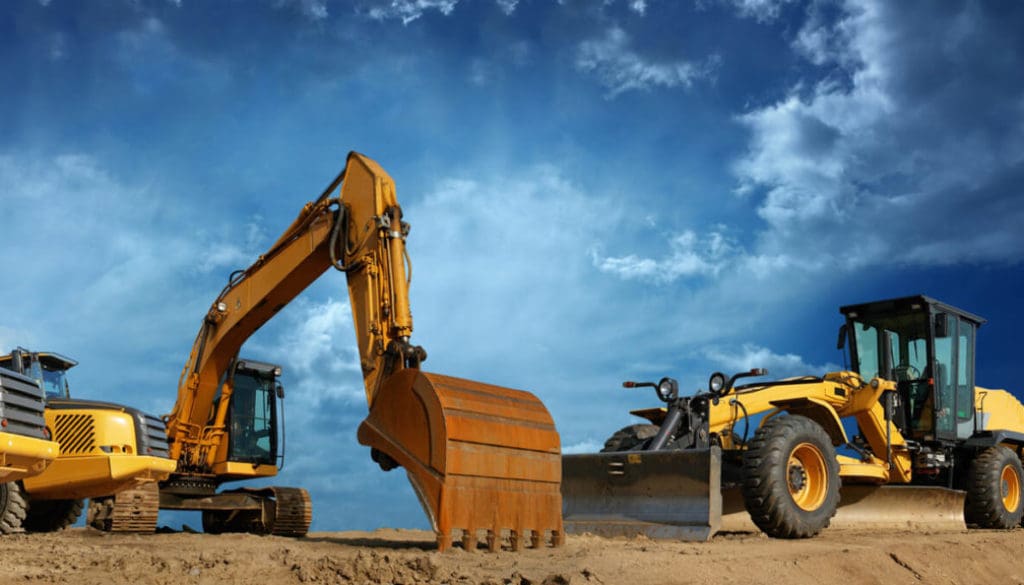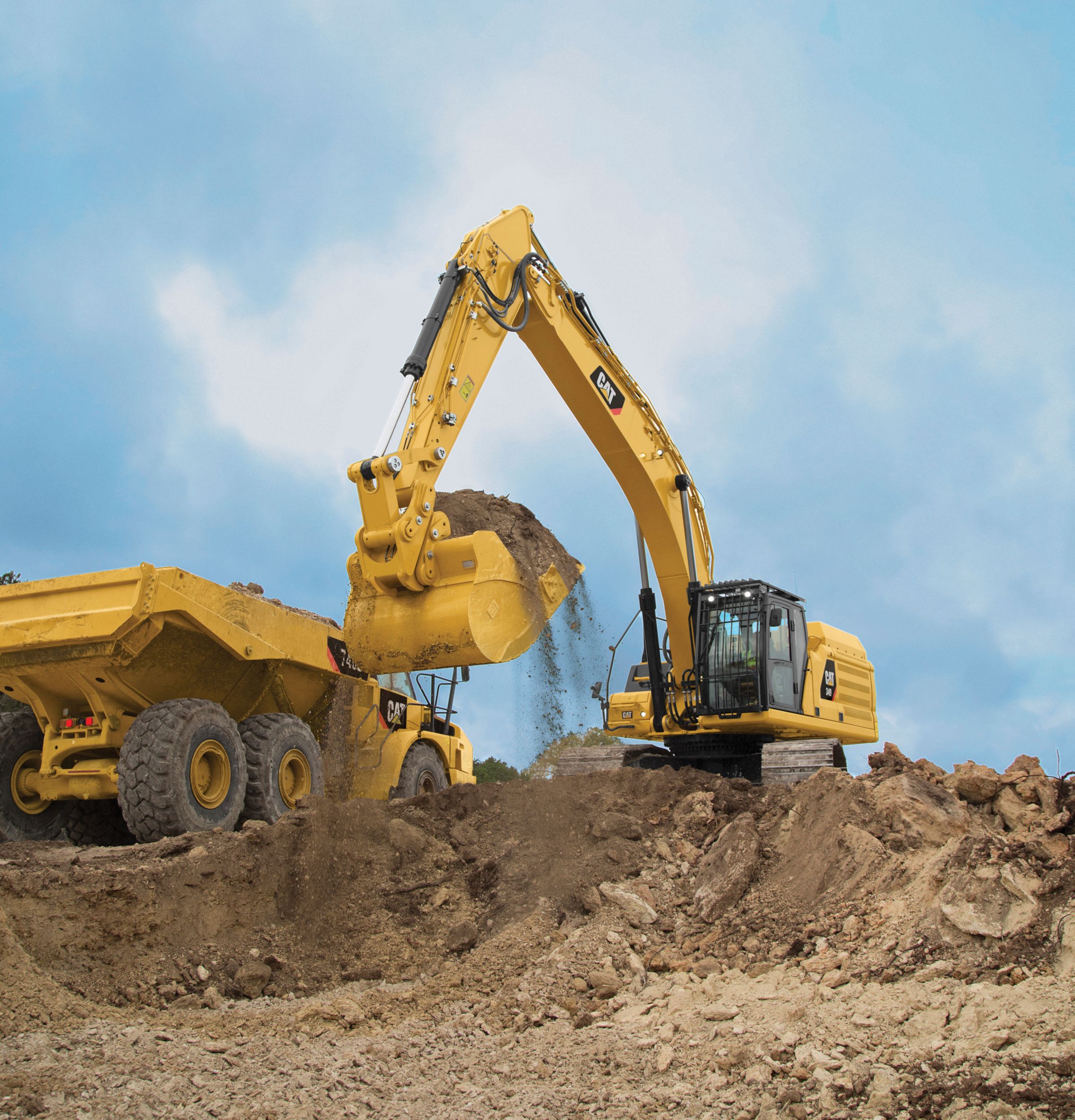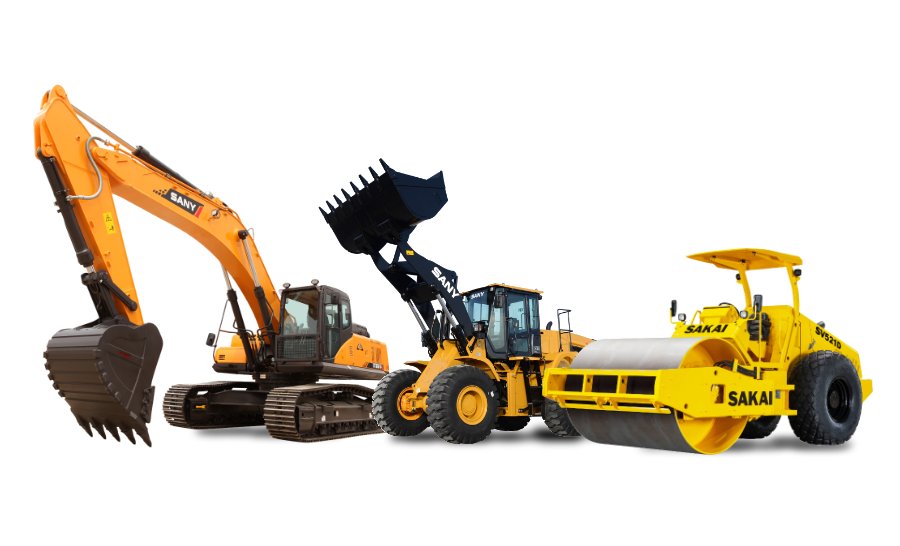Forklift Rental Providers for Industrial and Commercial Use
Forklift Rental Providers for Industrial and Commercial Use
Blog Article
Leasing Vs. Acquiring Building Tools: Making the Right Option for Your Task
When getting started on a building and construction task, one of the important decisions that project supervisors and stakeholders face is whether to get or rent building and construction equipment. The choice pivots on different aspects such as expense considerations, project period, tools maintenance, scalability, threat, and adaptability administration.
Price Factors To Consider
When assessing the economic element of leasing versus getting construction tools, the upfront prices and lasting expenses must be very carefully considered. Leasing tools commonly needs reduced initial payments contrasted to purchasing, making it an appealing choice for short-term tasks or service providers with budget restraints. Renting out eliminates the requirement for huge capital outlays and decreases the economic threat connected with equipment ownership, such as upkeep and depreciation costs. However, in the lengthy run, continually renting devices can gather higher expenses than acquiring, especially for extensive jobs.
On the other hand, buying construction equipment entails higher in advance costs yet can result in long-lasting savings, specifically for constant individuals or long-lasting projects. Having tools supplies adaptability, ease, and the potential for resale value once the job is finished. In addition, having tools enables for customization and experience with specific equipment, possibly increasing effectiveness and performance on-site. Ultimately, the choice in between renting out and acquiring construction devices depends upon the task's duration, frequency of usage, spending plan considerations, and long-lasting monetary goals.
Job Period

Alternatively, for long-lasting projects or continuous construction job, acquiring equipment could be the a lot more economical choice. Buying devices can cause cost savings in the long run, especially if the devices will certainly be often made use of. Additionally, having devices provides a feeling of control over its schedule and enables modification to fit specific project demands.

Tools Maintenance
Given the critical function project period plays in establishing the most affordable method in between leasing and acquiring construction devices, the focus now shifts towards checking out the important element of equipment upkeep. On the various other hand, possessing tools calls for an aggressive approach to maintenance to stop break downs, guarantee safety and security, and expand the devices's lifespan. Eventually, a well-kept building equipment fleet, whether leased or had, is vital for the efficient and effective conclusion of construction projects.
Versatility and Scalability
In the world of building tools management, the element of flexibility and scalability holds considerable significance for job performance and resource application. Opting to lease building equipment provides a high level of adaptability as it permits the quick adjustment of equipment types and amounts based upon the developing needs of a task. Leasing allows professionals to access a look what i found broad range of specialized tools that may be required for certain jobs without the long-term commitment of possession. This flexibility is especially helpful for automated construction equipment tasks with varying requirements or uncertain durations (dozer rental).
Renting out building and construction devices supplies the benefit of conveniently scaling operations up or down as project demands rise and fall. Service providers can promptly include or exchange devices to match the job's altering requirements without the constraints of owning possessions that may become underutilized or obsolete.
Danger Management
Effective threat administration in construction devices operations is critical to guaranteeing job success and mitigating potential monetary losses. Building projects inherently include various threats, such as tools break downs, mishaps, and job delays, which can significantly affect the job timeline and budget plan. By meticulously considering the threats connected with owning or renting building tools, job supervisors can make educated decisions to minimize these possible risks.
Leasing building equipment can supply a degree of threat reduction by transferring the responsibility of repair and maintenance to the rental company. This can reduce the monetary concern on the task proprietor in situation of unanticipated tools failures (mini excavator rental). Additionally, leasing provides the flexibility to gain access to specialized devices for particular job stages, lowering the danger of owning underutilized machinery
On the other hand, having building equipment offers a sense of control over its usage and upkeep. Nevertheless, this likewise means bearing the complete responsibility for repairs, upkeep prices, and devaluation, increasing the monetary risks connected with equipment possession. Mindful danger analysis and consideration of elements such as task period, devices application, and maintenance requirements are critical in establishing one of the most suitable alternative for effective danger management in building projects.
Final Thought
To conclude, when deciding between getting and renting construction equipment, it is essential to take into consideration price, job duration, equipment maintenance, scalability, flexibility, and risk administration. Each aspect plays a critical duty in identifying the most ideal alternative for the project available. By very carefully assessing these aspects, task supervisors can make an enlightened choice that straightens with their budget, timeline, go and general task goals.

Report this page